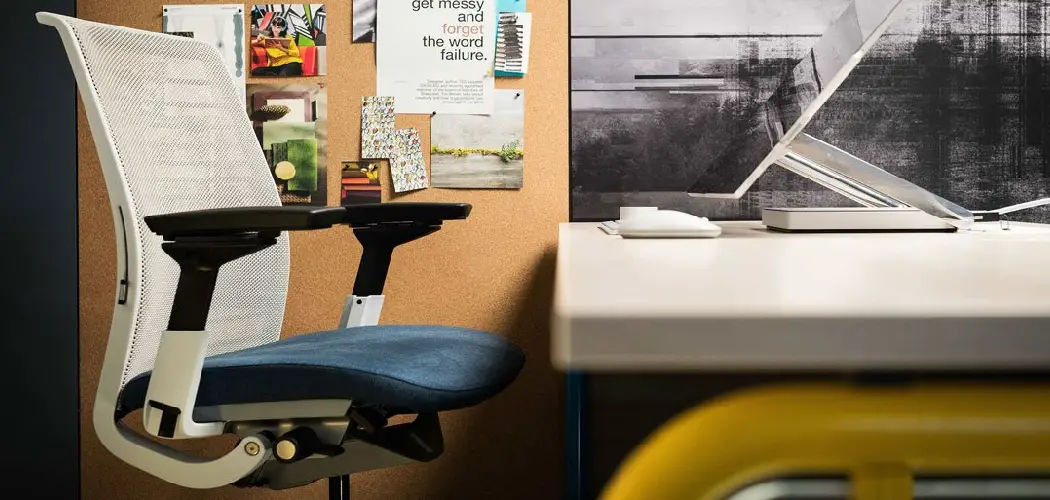If you’re one of the many who have a Steelcase Leap V2 chair, you may find it’s not quite as comfortable as you’d like it to be. Luckily, there are a few ways to adjust it to fit you perfectly. In this blog post, we’ll go over those adjustments and show you how to adjust steelcase leap v2. Remember that everyone is different, so what works for one person may not work for another. So experiment until you find what feels best for you!
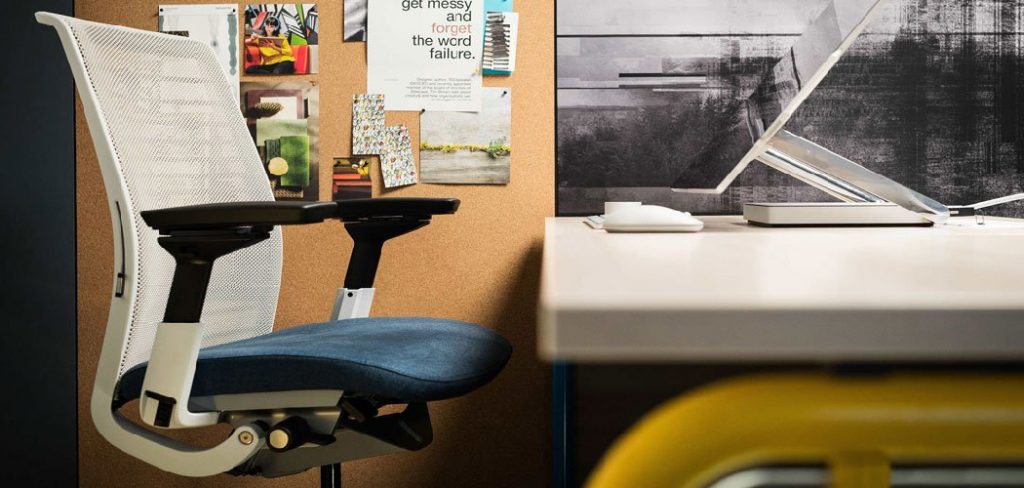
What Causes an Uncomfortable Steelcase Leap V2 Chair?
There are a few reasons why your Steelcase Leap V2 chair might not be as comfortable as you’d like. One reason is that the backrest isn’t tall enough. If it’s not tall enough, it won’t support your upper back, leading to pain. Another reason is that the seat pan is too shallow. This can cause your thighs to hang over the edge, which is not only uncomfortable but can also cause circulation problems.
Additionally, the armrests might be too low, causing you to hunch forward. The other reason is that the lumbar support might not be adequate. This can lead to lower back pain. Lastly, you might simply not have the chair adjusted to fit your body properly.
Why Is It Important to Adjust Your Steelcase Leap V2 Chair?
It’s important to adjust your Steelcase Leap V2 chair because an uncomfortable chair can lead to several problems. For one, it can cause pain in your back, neck, and shoulders. Additionally, it can lead to circulation problems and even numbness in your legs. If you spend a lot of time in your chair, it’s even more important to ensure it’s comfortable. Otherwise, you run the risk of developing chronic pain.
Another reason to adjust your chair is that an uncomfortable chair can lead to poor posture. Poor posture can cause several problems, including headaches, neck pain, and even migraines. Finally, an uncomfortable chair can be distracting and make it difficult to focus on your work.
Some Easy Ways How to Adjust Steelcase Leap V2
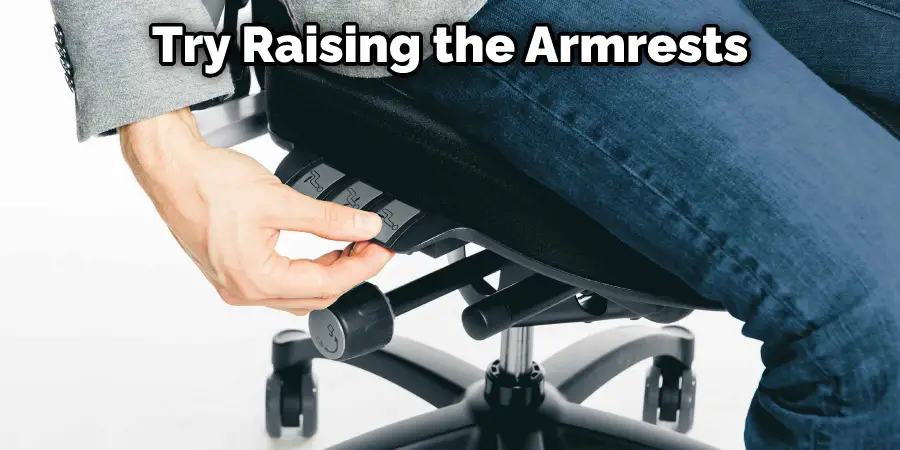
1. Find the Manual
The first step is to find the manual. The manual will have all the instructions on how to adjust Steelcase leap v2. If you can’t find the manual, you can usually find it online. Manuals are typically easy to find and follow. For example, try searching for “Steelcase Leap V2 manual” or ” How to adjust Steelcase Leap V2.”
2. Raise or Lower the Armrests
If the armrests are too low, it can cause you to hunch forward. This, in turn, can lead to pain in your neck and shoulders. To fix this, first, try raising the armrests. Then, if that doesn’t work, you can try lowering them. The goal is to find a comfortable position for your arms so that you’re not hunching forward. If you’re unsure how to adjust the armrests, consult the manual.
3. Adjust the Backrest
The next step is to adjust the backrest. If the backrest is too low, it won’t support your upper back, leading to pain. To fix this, loosen the knob at the top of the backrest. Then, raise or lower the backrest to a comfortable position. Finally, tighten the knob again to lock the backrest in place. If the backrest is too high, it can cause neck pain. To fix this, follow the same steps as above, but lower the backrest instead of raising it.
4. Adjust the Seat Depth
If the seat depth is too shallow, your thighs will not be supported, causing pain. To fix this, loosen the knob on the back of the chair by turning it to the left. Then, pull the seat forward or backward to find the perfect depth for you. Once you’ve found the right position, tighten the knob by turning it to the right. If the seat is too deep, your thighs will be pinched, causing discomfort. To fix this, follow the same steps as above but pull the seat forward instead of backward.
5. Adjust the Lumbar Support
If the lumbar support is not adequate, it can lead to lower back pain. This is why it’s important to ensure that the lumbar support is correctly adjusted on your Steelcase Leap V2. To fix this, loosen the knob at the back of the chair. Then, sit in the chair and lean back until you feel comfortable. Next, tighten the knob until the lumbar support is snug against your lower back. You may need to repeat this process several times to find the perfect setting. Of time. If you still have trouble, consult the Steelcase Leap V2 user manual for further instructions.
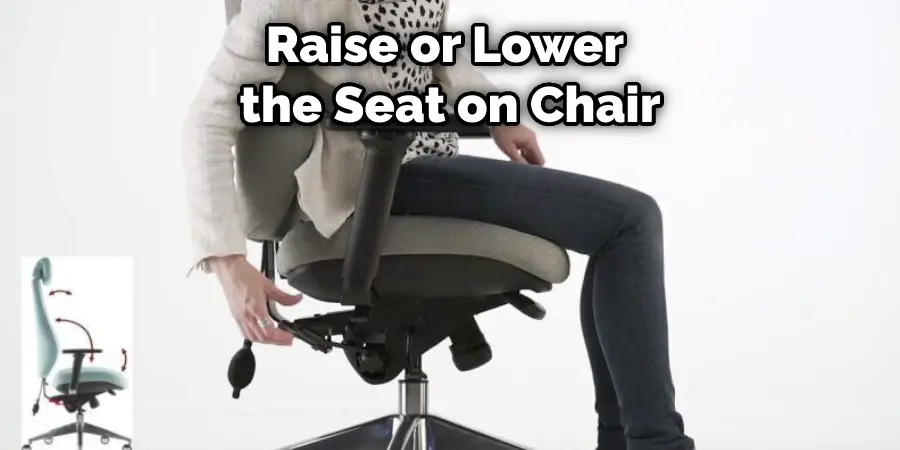
6. Adjust the Seat Height
If the seat height is too low, your feet will not be able to touch the ground, causing discomfort. To fix this, first, loosen the knob underneath the seat. Then, raise or lower the seat to your desired height and retighten the knob. Getting in and out won’t be easy if the seat is too high. Try lowering the seat a bit until it is at a comfortable height.
7. Adjust the Tilt
If the tilt is not correctly adjusted, it can cause you to slouch, leading to back and neck pain. First, find the knob on the underside of the seat near the front to adjust the tilt. Then, sit in the chair and turn the knob until you find the perfect tilt for you. If the chair is tilted too far back, it won’t be easy to get out of. If it’s tilted too far forward, you may find yourself sliding out of the chair. The ideal tilt allows you to sit up straight with your feet flat on the floor.
8. Adjust the Headrest
If the headrest is not correctly adjusted, it can cause neck pain. To fix this, loosen the knob at the top of the backrest. Then, extend or retract the headrest to find the perfect position for your neck and head. Once you’ve found the perfect position, tighten the knob to lock the headrest in place. If the headrest is still not comfortable, you can try adjusting the lumbar support.
9. Adjust the Footrest
If the footrest is not correctly adjusted, it can cause discomfort. To fix this, first, extend the footrest all the way out. Then, while sitting in your chair, place your feet flat on the footrest. The height of the footrest should be such that your knees are at a 90-degree angle. If the footrest is too high or too low, you can adjust it by loosening the knob on the underside of the chair and raising or lowering the footrest to the desired height.
You Can Check It Out To How to Wrap a Bean Bag Chair
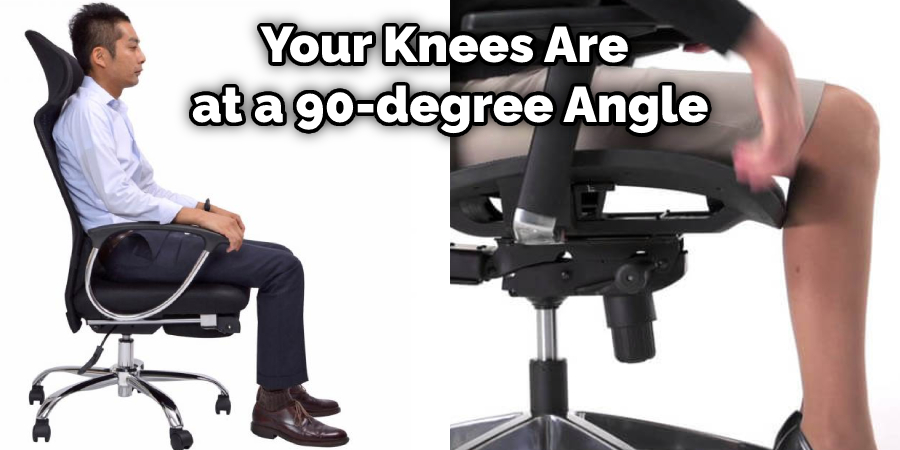
Tips and Warnings on How to Adjust Steelcase Leap V2
Tips:
- Read your chair’s instructions before making any adjustments.
- Sit in the chair and test it out for a while before making any final changes.
- When in doubt, consult a professional.
Warnings:
- Do not make adjustments while the chair is occupied.
- Use caution when adjusting, as improper settings can cause discomfort or injury.
- Do not make drastic changes all at once – make small adjustments and test them out before making more.
- Do not force any adjustments – if something feels stuck, stop and consult a professional.
How Much Does Steelcase Leap V2 Adjustment Cost?
The cost of Steelcase Leap V2 adjustment will vary depending on the type of adjustment you need and the professional you hire. Generally, simple adjustments like seat height and lumbar support can be made by anyone for free. More complex adjustments, like tilt and headrest, may require the help of a professional.
Expect to pay around $50 for professional adjustment services. The cost will be higher if you need to purchase a new part, like a headrest or footrest.
How Often Should I Adjust My Steelcase Leap V2?
It is generally recommended that you adjust your Steelcase Leap V2 at least once a year. However, if you find that you are constantly making adjustments, it may be time to invest in a new chair. Additionally, if you experience discomfort while sitting in your chair, it is important to adjust it until you find a comfortable position.
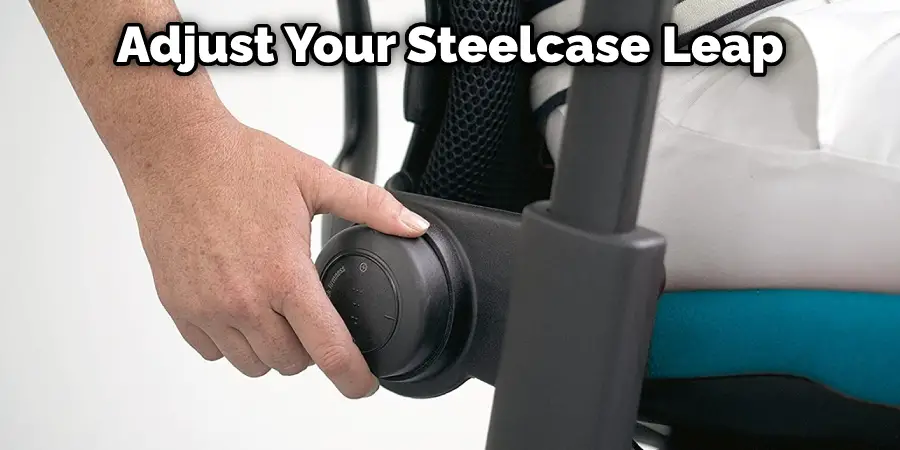
Conclusion
So there you have it – everything you need to know about How to Adjust Steelcase Leap V2. Be sure to follow the tips and warnings for safe and proper adjustment. And, if you’re ever in doubt, consult a professional. With a little bit of effort, you can ensure that your Steelcase Leap V2 is always comfortable and correctly adjusted.
You Can Check It Out To How to Make a Rolling Chair Stationary

